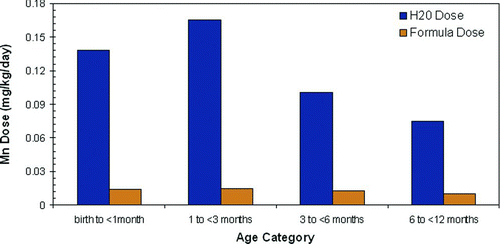Figures & data
Table 1 Recommended community drinking water intake rates.
Table 2 IOM recommended daily dietary intakes for Mn (mg/day).
Table 3 Summary of children's drinking water exposure epidemiological studies.
Table 4 NIRS drinking water occurrence for Mn.
Table 5 Mn concentrations in 5 fluid ounces of diluted powder- based infant formulasFootnote*.
Figure 1 Potential Mn dose from drinking water by age group in Pennsylvania (PA), Iowa (IA), and Minnesota (MN).
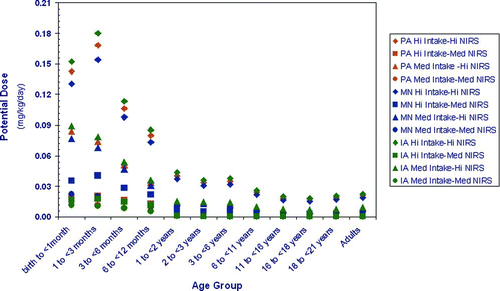
Figure 2 Potential Mn hazard from 7 years of intake among formula-fed children in Pennsylvania (PA), Minnesota (MN), and Iowa (IA). The Hazard Quotient (HQ) is calculated to be less than 1, then adverse health effects are not expected as a result of exposure, and if the HQ is greater than 1, then adverse health effects are possible (CitationUSEPA 1996b).
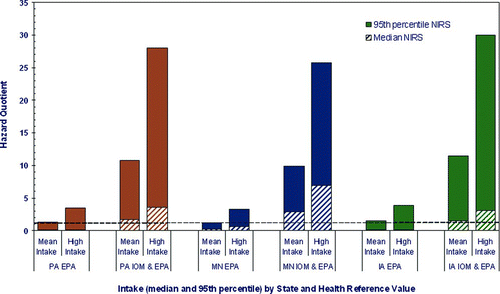
Figure 3 Potential Mn hazard from 21 years of intake among formula-fed children in Pennsylvania (PA), Minnesota (MN), and Iowa (IA). The Hazard Quotient (HQ) is calculated to be less than 1, then adverse health effects are not expected as a result of exposure, and if the HQ is greater than 1, then adverse health effects are possible (CitationUSEPA 1996b).
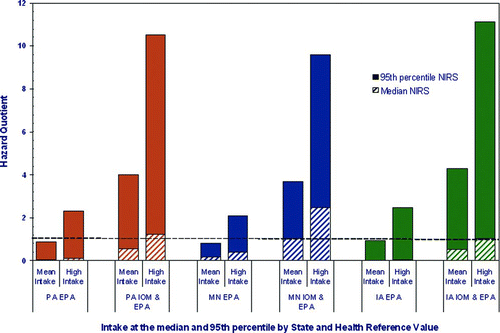
Figure 4 Potential Mn Hazard from 6 years of intake among breast-fed children in Pennsylvania (PA), Minnesota (MN), and Iowa (IA). The Hazard Quotient (HQ) is calculated to be less than 1, then adverse health effects are not expected as a result of exposure, and if the HQ is greater than 1, then adverse health effects are possible (CitationUSEPA 1996b).

Figure 5 Potential Mn hazard from 20 years intake among breast fed infants in Pennsylvania (PA), Minnesota (MN), and Iowa (IA). The Hazard Quotient (HQ) is calculated to be less than 1, then adverse health effects are not expected as a result of exposure, and if the HQ is greater than 1, then adverse health effects are possible (CitationUSEPA 1996b).
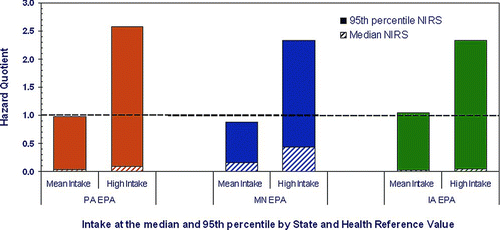
Figure 6 Comparison of Mn doses in water and formula in high exposure scenario (95th percentile for both intake and drinking water concentrations) in Iowa).
